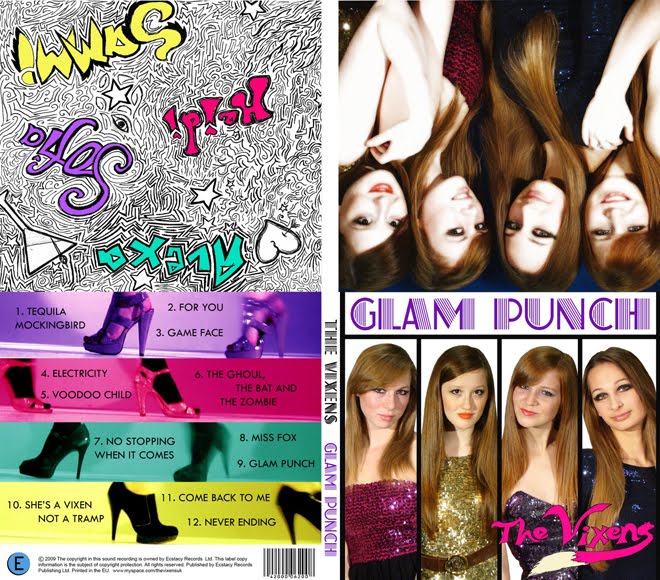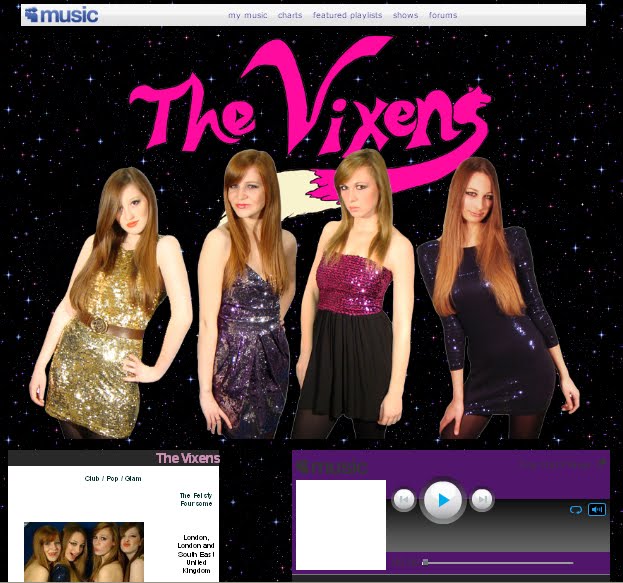This video is for "Viva La Vida" by Coldplay.
http://www.youtube.com/watch?v=dvgZkm1xWPE
Institutional/reference information
-What video are you analysing, who is it by, and, if you know, who directed it?
The official music video for "Viva la Vida" was directed by Hype Williams and premiered at Coldplay's official website on 1 August 2008. The video depicts the band performing against a blurry, warped version of Eugene Delacroix's painting "La Liberté guidant le peuple." The video ends with every band member crumbling to rose petals that fly into the air. Since its release, this video "Viva La Vida" has become one of the most viewed music videos on YouTube, with over 50,000,000 views worldwide.
- What genre does the music belong to and what broad characteristics of that genre does the video have?
"Viva la Vida" is a song by the English alternative rock band Coldplay. It was written by all members of the band for their fourth album, Viva la Vida or Death and All His Friends (2008). The lyrics to the song contain historical and religious references, and the track is built around a repeating string section with a percussion background. These themes are often linked with the "Alternative" genre so there are not that many conventions, except for the videos being a bit abstract.
What is the relationship between lyrics and visuals?
- Work through the song and identify ways in which the lyrics are illustrated or amplified or even contradicted by the visuals. Pick out some specific examples to back up your argument.
At 0:40 the lyrics are "I used to roll the dice, feel the fear in my enemies eyes" and Chris Martin (the lead singer) used his hands to mime the lyrics - he rolls his hands over each other for the line "roll the dice" and points to his eyes for "enemies eyes". This is illustration. For the lines
"Listen as the crowd would sing 'Now the old king is dead! Long live the king!'" he uses a hand gesture to mime shouting, as if he were the crowd, thus illustrating.
At 1:00, the lyrics are "Next the walls were closed on me", and he amplifies this by miming his hand being a wall, closing in on him (going towards his face). This is amplification in my opinion because he could have used an actual wall, but instead used his hands. This could be argued to be illustration, so maybe it is a combination of the two. "I hear Jerusalem bells a ringing" is illustrated by a CU of a large bell being struck.
"It was the wicked and wild wind" (1:50) is amplified because it shows a low angle wide shot of the whole band, with firey clouds in the background. This suggests "wicked and wild wind" but is not literal, so amplifies it, furthering the abstract theme of the Alternative genre.
At 2:25, "Roman Cavalry choirs are singing" is contradicted because the video just shows the guitarists, and Chris Martin striking his hand in time to the beat. This has nothing to do with Roman choirs, therefore contradicts it.
What is the relationship between music and visuals? (give examples to support your points)
- Does the video cut to the beat?
Yes, one part in particular, from 3:02 - 3:05, where the editing pace picks up and cuts to each beat. In general, it does sometimes, for example parts with a CU on the drum beating to the music, however usually the shots change in their own time.
- Are solo instrumental bits illustrated by the video?
Yes, often. There are CUs on the lead singer, the bell, the drum, the bass guitarist, the guitarist, the drummer, violinist, cellist, keyboard. It makes up the majority of the video, excluding the performance from Chris Martin.
- Does the video change pace with the music?
Yes, as I mentionned before, at 3:02 the editing pace speeds up to go with the bassline that has become more prominent. Earlier, it was slower, which reflected the song.
Are there close-ups of the artist and star image motifs?
- How is the record company looking to sell this track?
There are many close-ups of the lead singer Chris Martin, and since this song is on Coldplay's fourth album, he is a familiar face. The record company originally released the video on Coldplay's official website, before releasing it on YouTube, so it was originally targeting their huge fan base that already exists. The track was for download only at first, and became the sixth song in digital history to reach the 4 million mark in paid downloads.
- What image of the artist/band is being offered?
The band are portrayed as being very musical (they are always shown with their instruments except at the very end), and as contradicting the stereotype of musicians. Chris Martin doesn't smoke or drink alcohol, he is vegetarian, and practices Yoga. He is spiritual, and believes in God, therefore the lyrics of the song and the video itself reflect that. You can see the bands passion for music without them having to lead crazy lives.
- How does this video relate to previous videos by the artist?
http://www.youtube.com/watch?v=skUJ-B6oVDQ
Their video for "Fix You" shows only Chris Martin for the first half, until he joins his band on stage at an arena during the climax of the song. It shows the massive crowd, but the editing is still not really cut to the music. It is slow-paced until the climax where Chris Martin is running (during the instrumental bridge) to the stadium. There is the same feel, although this one is less abstract than "Viva La Vida".
- Are there motifs which have been used previously? Or does this video represent a change of image?
The only real motif there is, is Chris Martin looking into the camera a lot, and the band being shown at some point. There is not really a narrative, there is a journey, but that seems more like a concept as opposed to a parallel narrative, considering the journey turns into the performance.
Is there reference to the notion of looking? (give examples and consider why these features have been chosen)
- Do you get the sense that the artist is on sexual display or that other people in the video are used in this way?
No, Coldplay's image is not sexual, it is more about passion for music. The band are not sexualised. The only notion of sexuality is at the end when the band members crumble to rose petals, which are a signifier of sex, romance and relationships.
- Does camerawork, costume, dance or something else imply sexualised display?
No, they are dressed casually; jeans, t-shirts, jackets. They don't dance, and the camerawork doesn't show them to be flirting with the camera, simply addressing the camera to get across the message of the lyrics.
- Are there other references to 'looking' such as screens within screens or binoculars, cameras, etc?
The only reference to 'looking' is the way the camera angles are quite canted, at quirky angles, suggesting that they don't know they are being watched (eg 1:24), but this is cross-cut with shots of them looking straight at the camera.
Are there intertextual references?
- Do these relate to other music videos, to aspects of the star's image or to completely seperate texts such as TV programmes or films? How are they used?
The background to the video is a blurry, warped version of Eugene Delacroix's painting "La Liberté guidant le peuple."
The painting is below on the right, and the album cover is on the left. This is strong intertextuality since it references the lyrics "My missionaries in a foreign field", the painting is used as the background to the music video, and is the album cover.

Is the music video performance-based, narrative-based or concept-based?
- How much of each?
As stated earlier, there is no narrative, it is just performance and concept. The concept centres around the performance, in particular the strong physical performance from the lead singer. His gestures and facial expressions make up for a lack of location variety, and matches the song well.
In conclusion, I really like this video, and I LOVE the song. It is relaxing yet with a good beat. And apparently, 52 million others agree with me...
Get ahead with these tasks over the summer!
15 years ago



0 comments:
Post a Comment